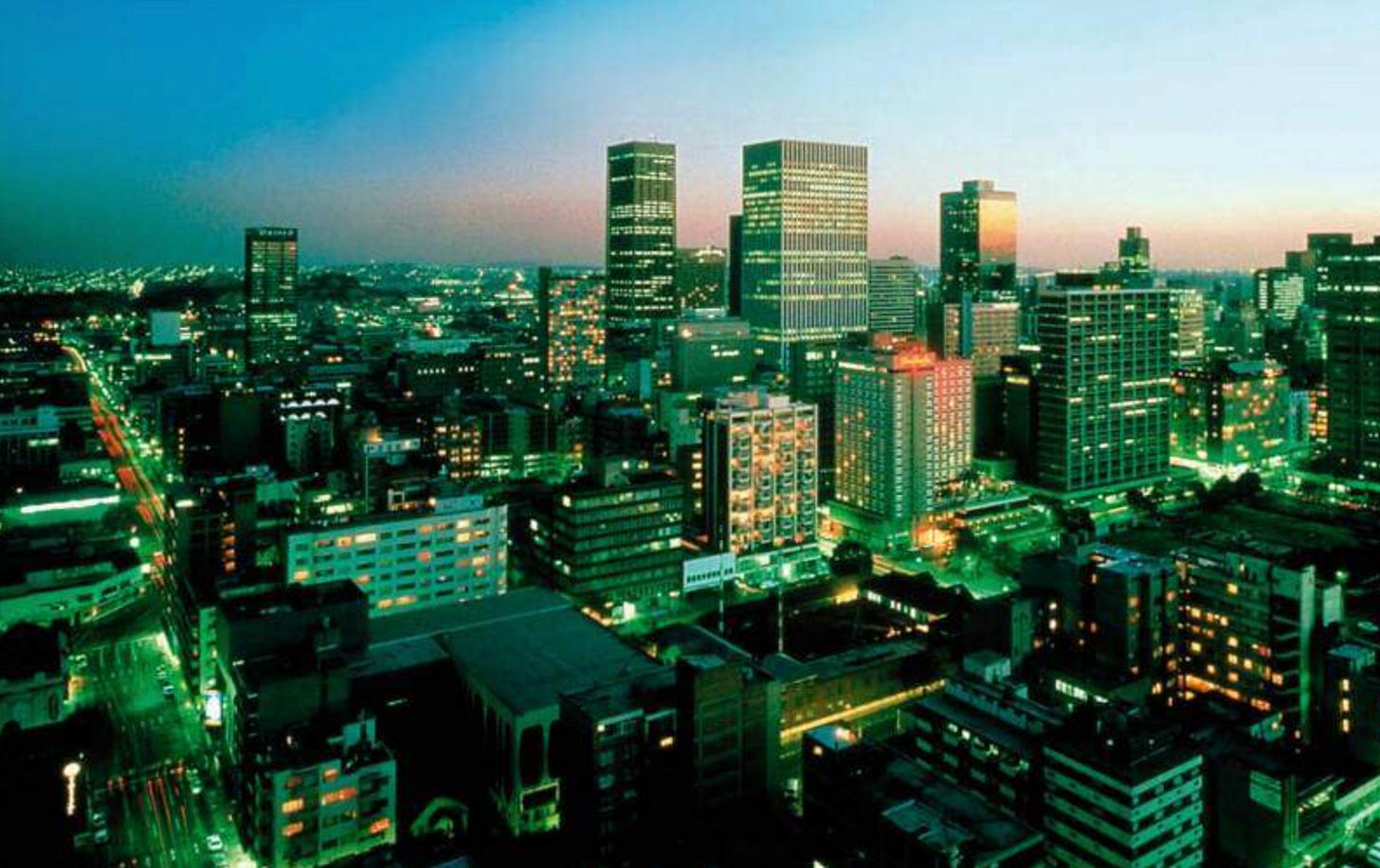Wednesday Edition: Botswana, The Steward
Governments That Work
Botswana, a landlocked nation just above South Africa, has one of the most well-run governments in the world. It works because its leaders are competent and its culture values agreement and order.
How Botswana’s Government Works
Since its independence from the UK in 1966, Botswana has remained stable, while many other countries have faced coups, corruption, and economic collapse. Its leaders built clear systems that prevent abuse of power and reward performance. They make plans that work for the people and follow them. That steadiness and predictability have turned Botswana into one of Africa’s safest and most reliable democracies.
Botswana is a parliamentary democracy with clear lines of responsibility. The president serves as both head of state and head of government and is elected by the National Assembly after general elections. Cabinet ministers are chosen from the members of parliament and are responsible for managing specific areas such as education, health, and finance.
The National Assembly debates and passes laws, while the president’s cabinet implements them. Oversight is built into the system: the courts are independent, and judges are appointed through a professional process that limits political interference. The result is a government that functions through rules, not personal power.
Civil servants are hired through open competition and promoted based on performance. They are expected to deliver services efficiently and without corruption. This focus on competence and accountability has helped Botswana maintain stability for nearly six decades. The country’s structure is simple, transparent, and designed to make government decisions predictable and trusted.
Using Resources for the People
When diamonds were discovered, the government did not let foreign companies take control. It negotiated a fair partnership with De Beers, kept ownership of its resources, and invested the profits in schools, hospitals, and roads. The result is visible. Most villages now have electricity, clean water, and health clinics. Botswana is a clear example of how an inclusive government operates.
Botswana’s leaders prioritize responsibility over popularity. They save money when the economy grows and use those reserves when the economy needs stimulus. Corruption is low because public funds are tracked, and misused money leads to dismissal or prosecution.
This system reflects Botswana’s cultural traditions. For generations, people have met in the kgotla, a public meeting where anyone can speak and leaders must listen. That system built habits of consultation and respect. Disagreement is allowed, but once a decision is made, people accept it and move forward.
Culture and Leadership Working Together
According to Hofstede and Trompenaars, Botswana combines moderate power distance and communitarianism. Leaders have authority, but they are expected to explain their choices and consider the group’s welfare.
In Hornby’s framework, Botswana represents the East (Communicator) and Green (Caregiver) archetypes. The East side values discussion and cooperation. The Green side adds care and social responsibility. Together, they explain a government that listens first and acts for the community.
Why It Matters
Botswana shows that government works when leadership fits the culture. It proves that wealth can be managed for citizens, not only for a ruling class, and competence, restraint, and respect for cultural values can hold a nation together.
While the United States spirals into dictatorship, Hungary fights to get out of dictatorship, and Belarus has established a permanent dictatorship, Botswana shows that steady, honest governance working for its citizens still exists. It shows what happens when a government includes rather than extracts, when resources help people instead of enriching elites. It shows what is possible if the people demand it.
Follow Cultural Perspective on TikTok or YouTube for three daily breakdowns of the global forces shaping you and the world.



